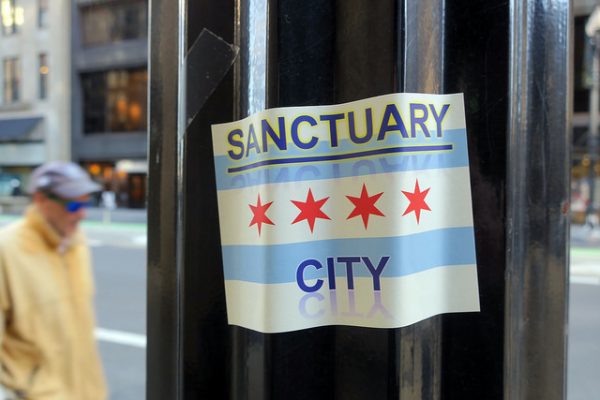
While the federal effort to block funding to sanctuary cities is slowing down, states like Tennessee are developing their own bills to mandate local cooperation with federal immigration officers. There is contention over exactly what a sanctuary city is, and the guidelines for sanctuary look very different from place to place. The reason behind the initial push to defund sanctuary cities was concerns that surges of undocumented immigration lead to more crime, despite consistent research findings that immigration actually decreases crime. A recent study by Ricardo D. Martínez-Schuldt and Daniel E. Martínez explores relationships among sanctuary cities, immigration, and violent crime rates.
Martínez-Schuldt and Martínez examine the impacts of sanctuary city policies on two types of crime: homicide and robbery. There are no official sources of sanctuary cities in the United States so the authors had to get creative, gathering lists from the National Immigration Law Center and other sources to determine which cities adopted sanctuary policies from 1990 to 2010. The authors include measures of both unauthorized Mexican immigrants and total immigrant population of cities to directly test the effects of immigration on violent crime.
In contrast to the common political rhetoric, increases in unauthorized Mexican immigrants were related to decreases in homicide, but only in sanctuary cities. The authors suggest sanctuary policies may lead to more social integration and feelings of safety for immigrant communities, which could both reduce criminal activity and increase police cooperation in these neighborhoods. These results remain the same even when accounting for a variety of other city characteristics that may influence crime, such as residential mobility and social disadvantage.
Martínez-Schuldt and Martínez’s study demonstrates that much of the political valence around sanctuary cities and crime is unfounded. However, this political rhetoric around “crimmigration” mirrors the beliefs of many Americans. A 2017 Gallup poll found that 45 percent of respondents erroneously indicated that immigrants make crime worse. As this study shows, the link between immigration and crime is not true, and sanctuary policies may help to reduce violence in the cities that adopt them. In short, sanctuary cities may be safer than we think.

Comments